Zinc Oxide with Gallium Oxide Sputtering Target Description
Zinc Oxide doped with Gallium Oxide sputtering target, provided by TFM, is a high-purity oxide material with the chemical formula ZnO/Ga2O3. This combination leverages the properties of zinc oxide, known for its wide bandgap and high electron mobility, with the conductivity-enhancing characteristics of gallium oxide, making it ideal for various electronic and optoelectronic applications.
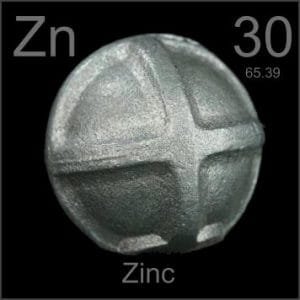 Zinc is a chemical element with the symbol “Zn,” originating from the German word ‘zinc,’ which may derive from the Persian ‘sing,’ meaning stone. It has been utilized since before 1000 BC, with its discovery attributed to Indian metallurgists. Zinc is element number 30 on the periodic table, located in Period 4 and Group 12, and is part of the d-block. The relative atomic mass of zinc is 65.409(4) Dalton, with the value in brackets indicating the measurement uncertainty.
Zinc is a chemical element with the symbol “Zn,” originating from the German word ‘zinc,’ which may derive from the Persian ‘sing,’ meaning stone. It has been utilized since before 1000 BC, with its discovery attributed to Indian metallurgists. Zinc is element number 30 on the periodic table, located in Period 4 and Group 12, and is part of the d-block. The relative atomic mass of zinc is 65.409(4) Dalton, with the value in brackets indicating the measurement uncertainty.
Related Product: Zinc Sputtering Target
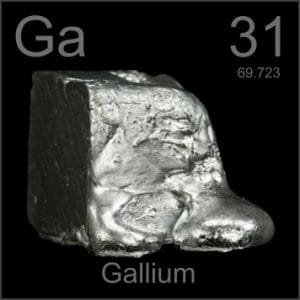 Gallium is a chemical element that originated from France (with the Latin name Gallia). It was first mentioned in 1875 and observed by P. E. L. de Boisbaudran. The isolation was later accomplished and announced by P. E. L. de Boisbaudran. “Ga” is the canonical chemical symbol of gallium. Its atomic number in the periodic table of elements is 31 with a location at Period 4 and Group 13, belonging to the p-block. The relative atomic mass of gallium is 69.723(1) Dalton, the number in the brackets indicating the uncertainty.
Gallium is a chemical element that originated from France (with the Latin name Gallia). It was first mentioned in 1875 and observed by P. E. L. de Boisbaudran. The isolation was later accomplished and announced by P. E. L. de Boisbaudran. “Ga” is the canonical chemical symbol of gallium. Its atomic number in the periodic table of elements is 31 with a location at Period 4 and Group 13, belonging to the p-block. The relative atomic mass of gallium is 69.723(1) Dalton, the number in the brackets indicating the uncertainty.
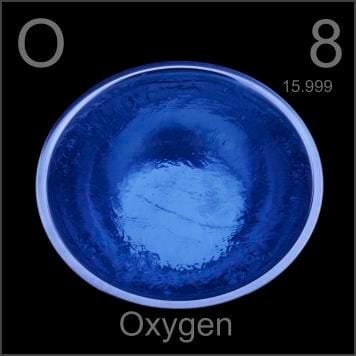 Oxygen, a chemical element with the symbol “O,” originates from the Greek words ‘oxy’ and ‘genes,’ meaning acid-forming. It was first identified in 1771 by W. Scheele, who also isolated it. Oxygen has the atomic number 8 and is located in Period 2, Group 16 of the periodic table, within the p-block. The relative atomic mass of oxygen is 15.9994(3) Dalton, with the number in brackets indicating the measurement uncertainty.
Oxygen, a chemical element with the symbol “O,” originates from the Greek words ‘oxy’ and ‘genes,’ meaning acid-forming. It was first identified in 1771 by W. Scheele, who also isolated it. Oxygen has the atomic number 8 and is located in Period 2, Group 16 of the periodic table, within the p-block. The relative atomic mass of oxygen is 15.9994(3) Dalton, with the number in brackets indicating the measurement uncertainty.
Zinc Oxide with Gallium Oxide Sputtering Target Packaging
Our Zinc Oxide with Gallium Oxide Sputter Targets are meticulously handled and packaged to ensure they remain in pristine condition during storage and transportation. This careful handling helps maintain the high quality and integrity of the product, preventing any potential damage and preserving its original properties.

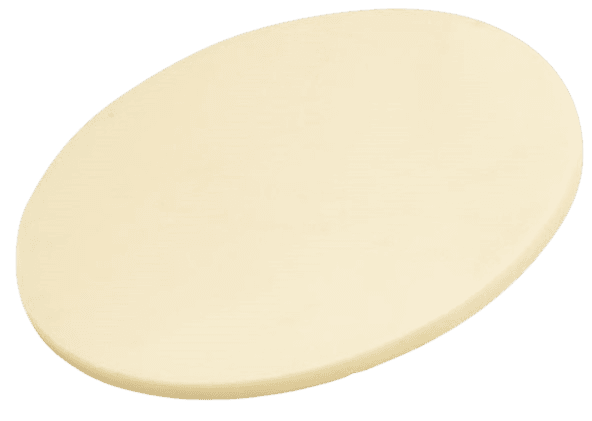

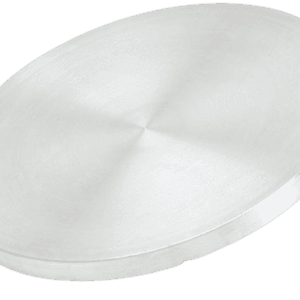
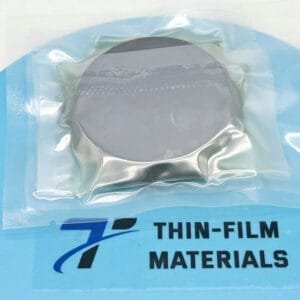
Reviews
There are no reviews yet.